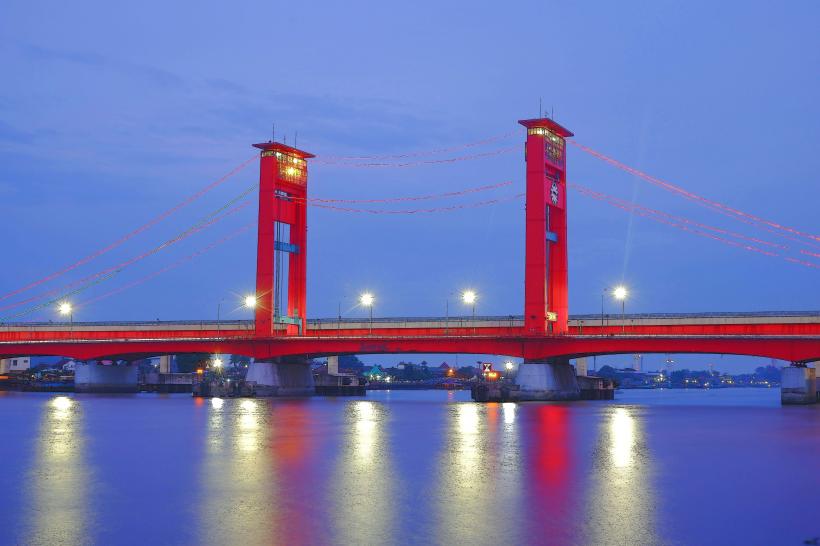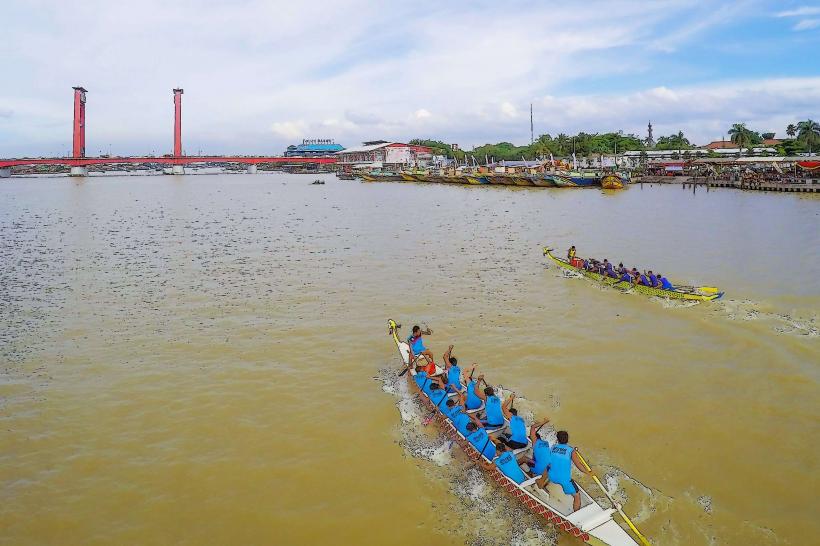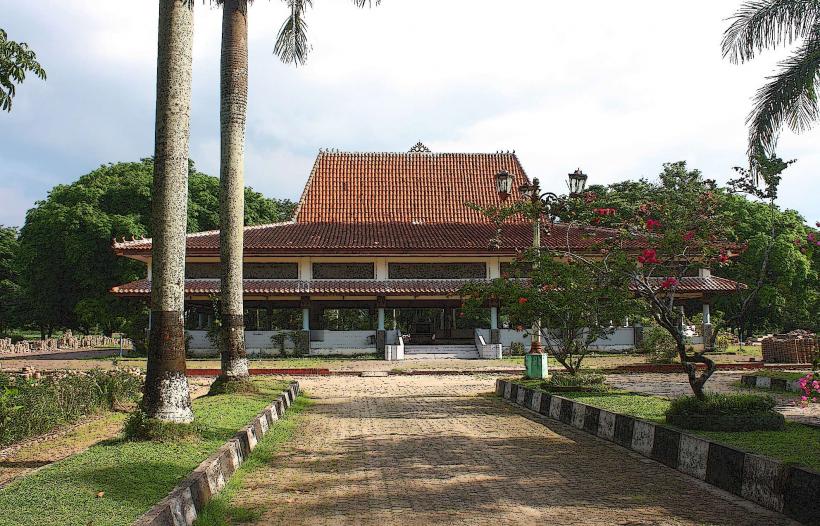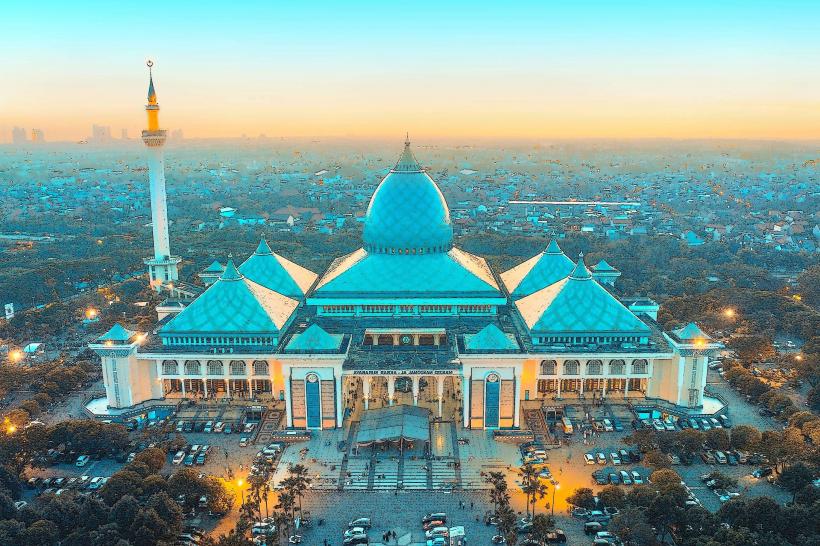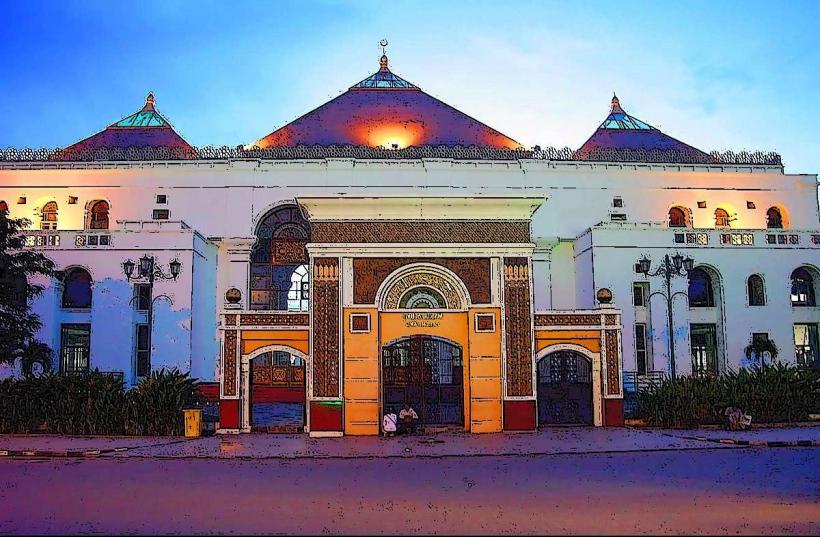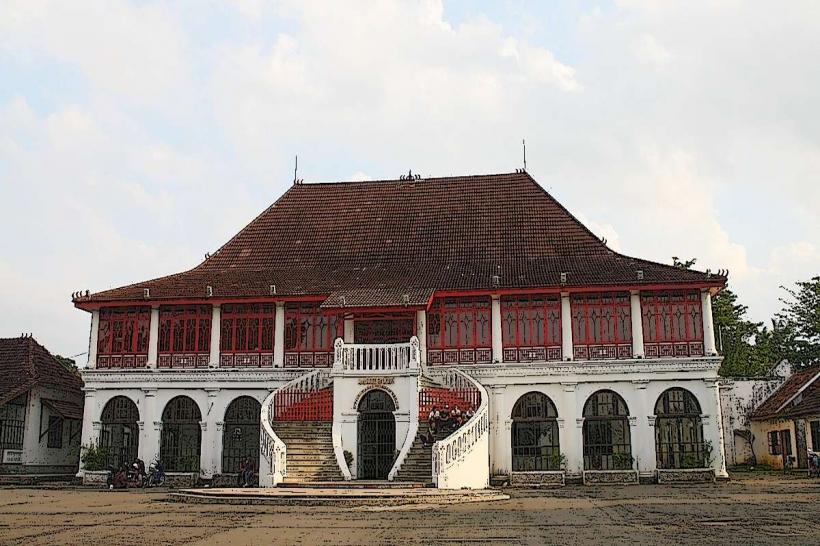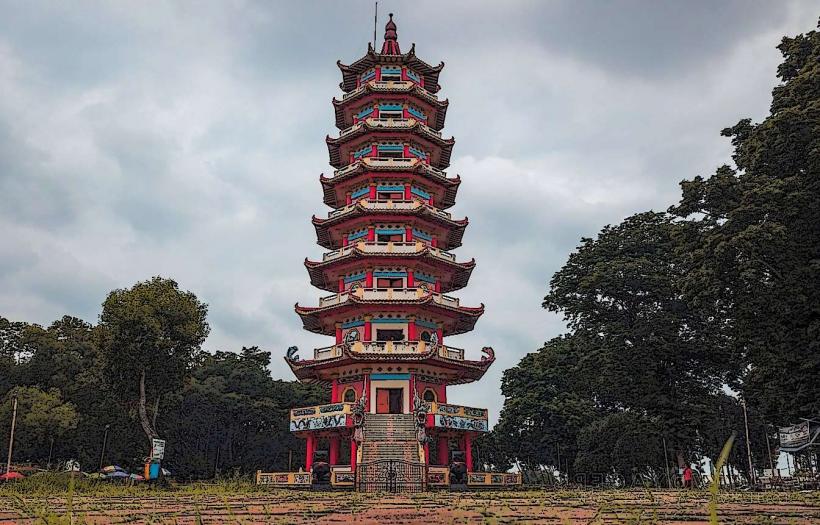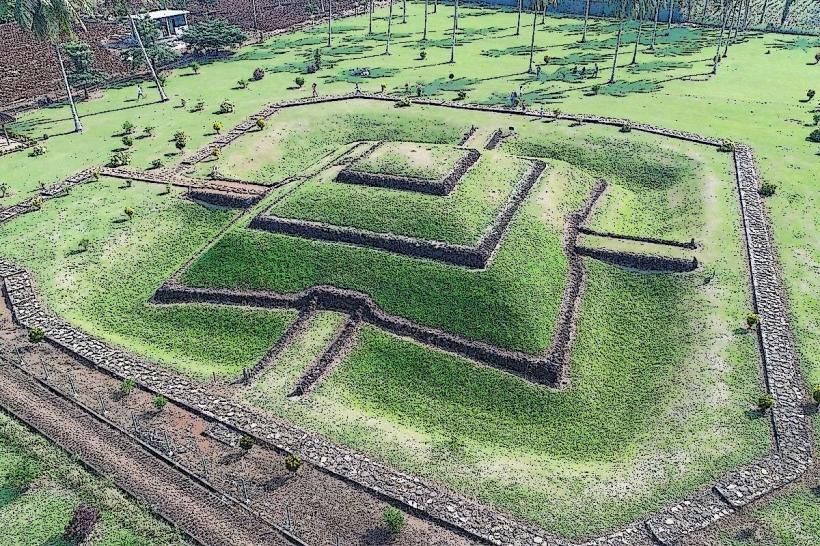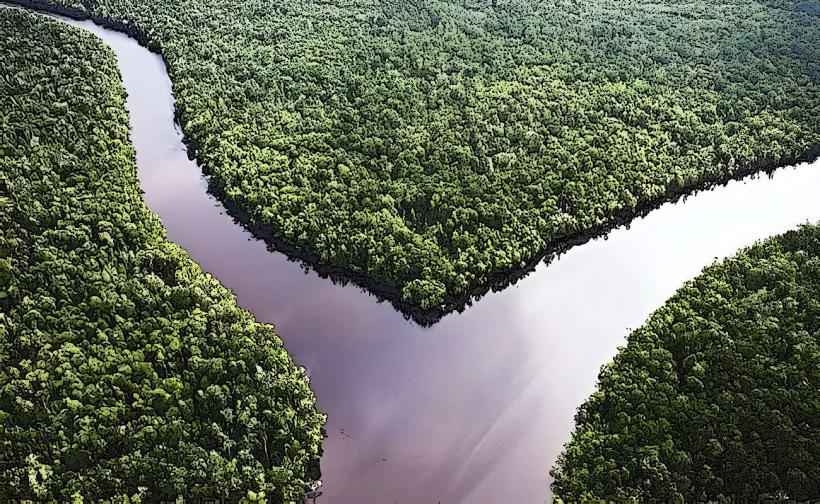Information
Landmark: Masjid Agung PalembangCity: Palembang
Country: Indonesia
Continent: Asia
Masjid Agung Palembang
The Masjid Agung Palembang, also known as the Great Mosque of Palembang, is one of the oldest and largest mosques in Indonesia. Located in the heart of Palembang, South Sumatra, near the Ampera Bridge and the Musi River, the mosque is an iconic landmark and a testament to Palembang's rich Islamic heritage, blending cultural and architectural influences from different regions.
Key Highlights of Masjid Agung Palembang
1. Historical Background
- Construction:
- The mosque was commissioned in 1738 by Sultan Mahmud Badaruddin I, the ruler of the Palembang Sultanate, and completed in 1748.
- Originally called Sultan Mahmud Badaruddin I Jayo Wikramo Mosque, it symbolized the Islamic identity of Palembang during the height of the sultanate.
- Renovations:
- Over the centuries, the mosque has undergone several renovations and expansions:
- In the 19th century, under Dutch colonial rule.
- Major expansions in 1966, 1970, and 1990, which added modern elements while preserving its historical features.
- Today, the mosque can accommodate over 15,000 worshippers.
- Over the centuries, the mosque has undergone several renovations and expansions:
2. Architecture
The architecture of Masjid Agung Palembang is a fusion of Indonesian, Chinese, and European styles, reflecting Palembang’s multicultural history.
a. Indonesian Elements
- The mosque features traditional Javanese-style tiered roofs, symbolizing harmony and spirituality.
- The main prayer hall has a high central roof supported by wooden pillars, showcasing traditional craftsmanship.
b. Chinese Influence
- The roof of the mosque is adorned with decorative elements inspired by Chinese architecture, reflecting the close ties between the Chinese community and the Palembang Sultanate.
c. European Touches
- The mosque’s arches and windows display Dutch colonial influences, introduced during renovations in the colonial period.
d. Minarets
- The mosque has a distinctive minaret, standing 45 meters tall, with a unique design inspired by Chinese pagodas. The minaret is a prominent feature of Palembang’s skyline.
3. Religious and Cultural Significance
- Religious Center:
- The mosque is a hub for Islamic worship and learning in Palembang, hosting daily prayers, Friday sermons, and special religious events.
- Community Activities:
- It serves as a center for community gatherings, Islamic lectures, Quranic studies, and charitable activities.
- Symbol of Unity:
- The mosque is a symbol of unity and harmony among the diverse communities in Palembang.
4. Interior Features
- Main Prayer Hall:
- The spacious prayer hall is beautifully decorated with intricate wood carvings, Islamic calligraphy, and geometric patterns.
- Mihrab and Minbar:
- The mihrab (prayer niche) and minbar (pulpit) are ornately designed, facing the direction of Mecca.
- Lighting:
- Chandeliers and modern lighting add a sense of grandeur to the interior.
5. Events and Celebrations
- Ramadan:
- The mosque is particularly lively during Ramadan, with nightly prayers (Taraweeh) and community iftar events.
- Eid Prayers:
- Thousands gather at the mosque for Eid al-Fitr and Eid al-Adha prayers.
- Islamic Festivals:
- The mosque also hosts celebrations for Maulid al-Nabi (Prophet Muhammad’s birthday) and other important Islamic occasions.
6. Visitor Experience
- Accessibility:
- The mosque is located in the city center, making it easily accessible by public transportation, car, or on foot from nearby attractions like the Ampera Bridge.
- Dress Code:
- Visitors are expected to dress modestly, covering their shoulders and knees. Women may be required to wear a headscarf when entering the mosque.
- Tourist-Friendly:
- While primarily a place of worship, the mosque welcomes tourists who respect its sacredness. Guided tours may be available to explain its history and architecture.
7. Nearby Attractions
- Ampera Bridge:
- Just a short distance from the mosque, the bridge offers stunning views of the Musi River.
- Sultan Mahmud Badaruddin II Museum:
- Located nearby, this museum provides insights into Palembang’s history and the Sultanate era.
- Kuto Besak Fort:
- Another historical landmark along the Musi River.
8. Practical Information
- Location: Jalan Jenderal Sudirman, 19 Ilir, Bukit Kecil, Palembang, South Sumatra, Indonesia.
- Opening Hours:
- Open daily, typically from 5:00 AM to 9:00 PM, but closed to non-Muslim visitors during prayer times.
- Entry Fee:
- Entrance is free, but donations are encouraged to support the mosque's maintenance.
- Best Time to Visit:
- Early morning or late afternoon for a peaceful experience and cooler weather.
- During religious festivals to witness cultural activities.
9. Best Time to Visit
- Dry Season:
- Visiting during the dry season (May to September) ensures pleasant weather for exploring both the mosque and nearby attractions.
- Religious Events:
- Special occasions like Ramadan or Eid provide a unique opportunity to experience the mosque’s vibrant atmosphere.
10. Conclusion
The Masjid Agung Palembang is not only a magnificent architectural masterpiece but also a symbol of Palembang’s spiritual and cultural identity. Whether you’re a history enthusiast, an architecture lover, or someone seeking a serene place for reflection, the mosque offers a memorable experience. Its rich history, cultural significance, and welcoming atmosphere make it a must-visit destination in South Sumatra.

